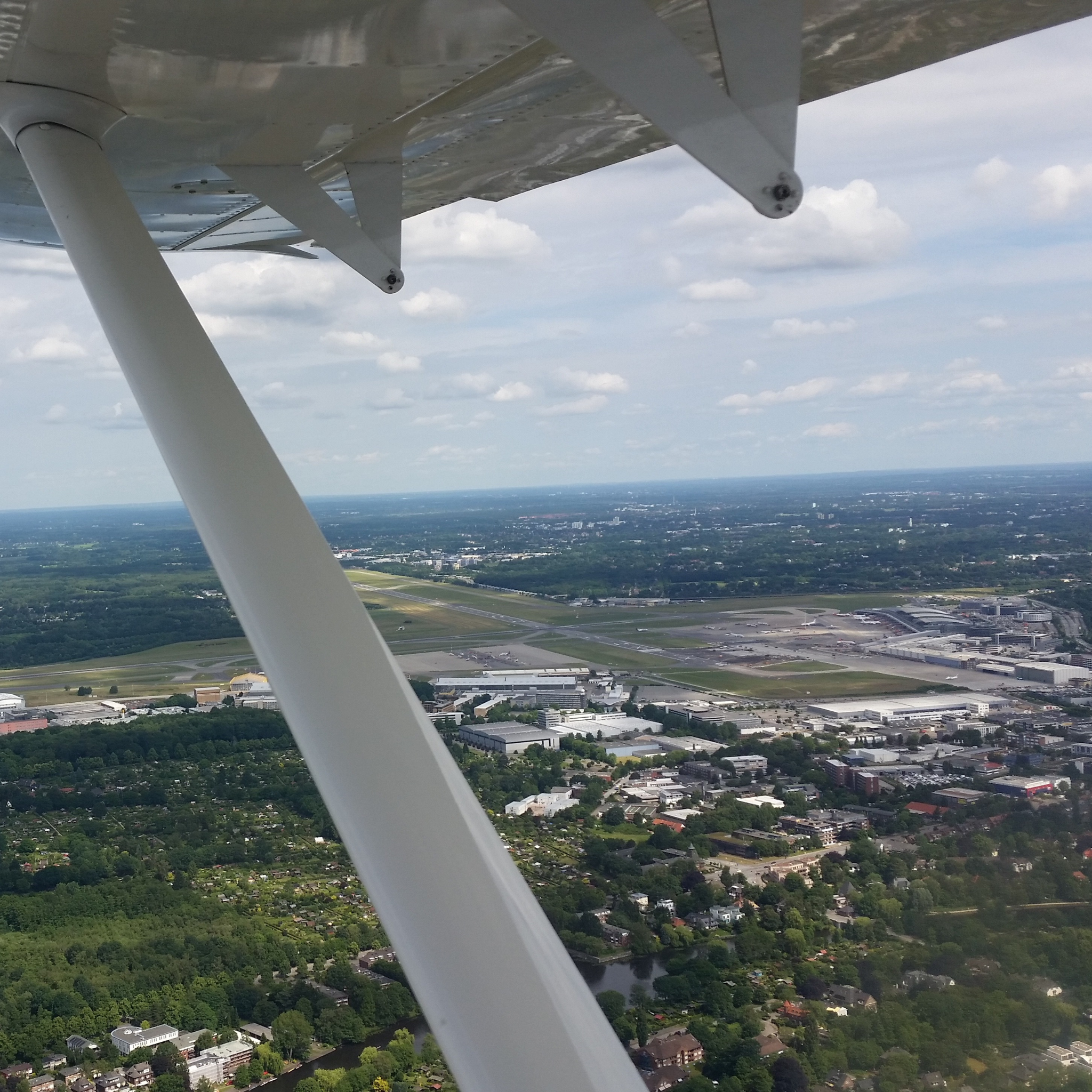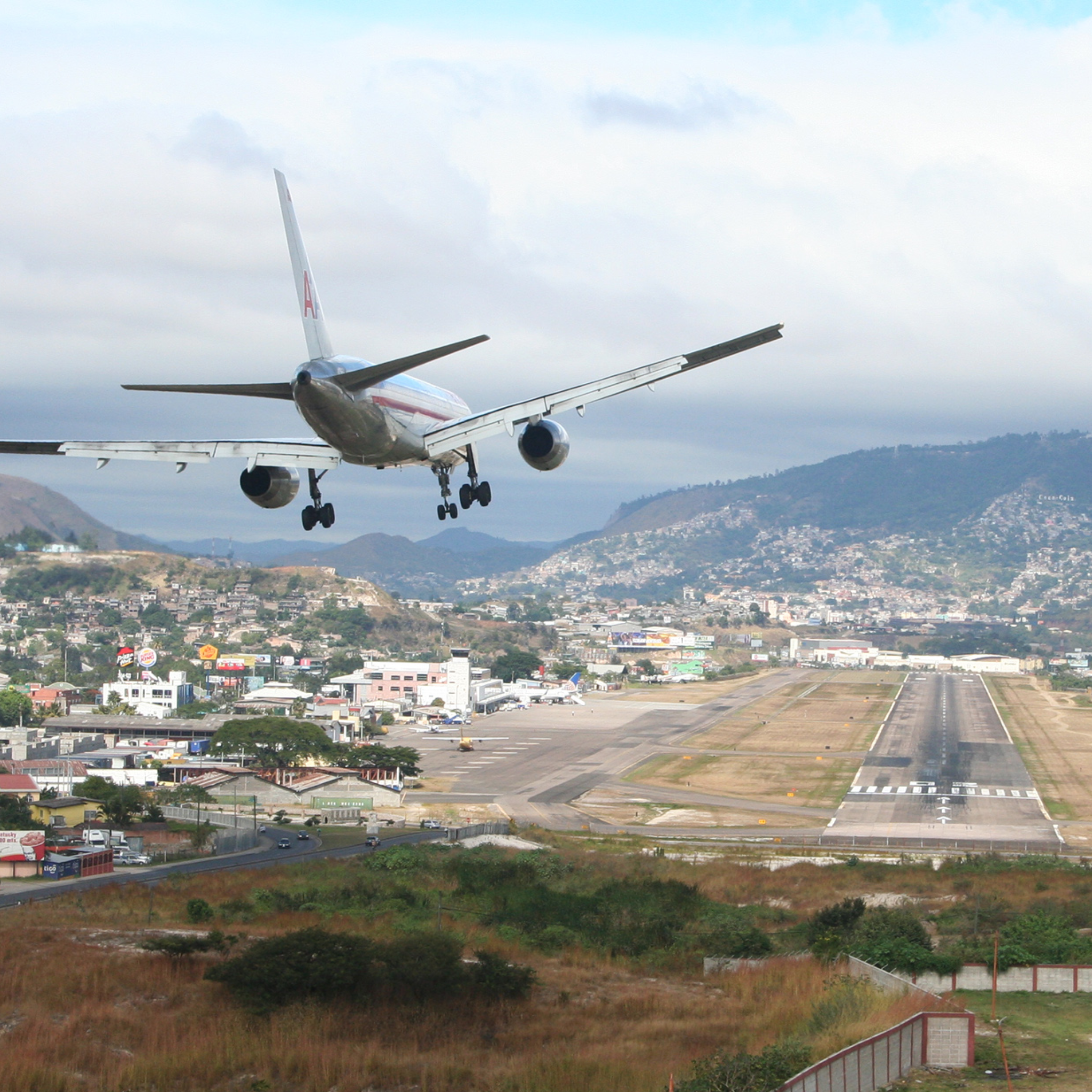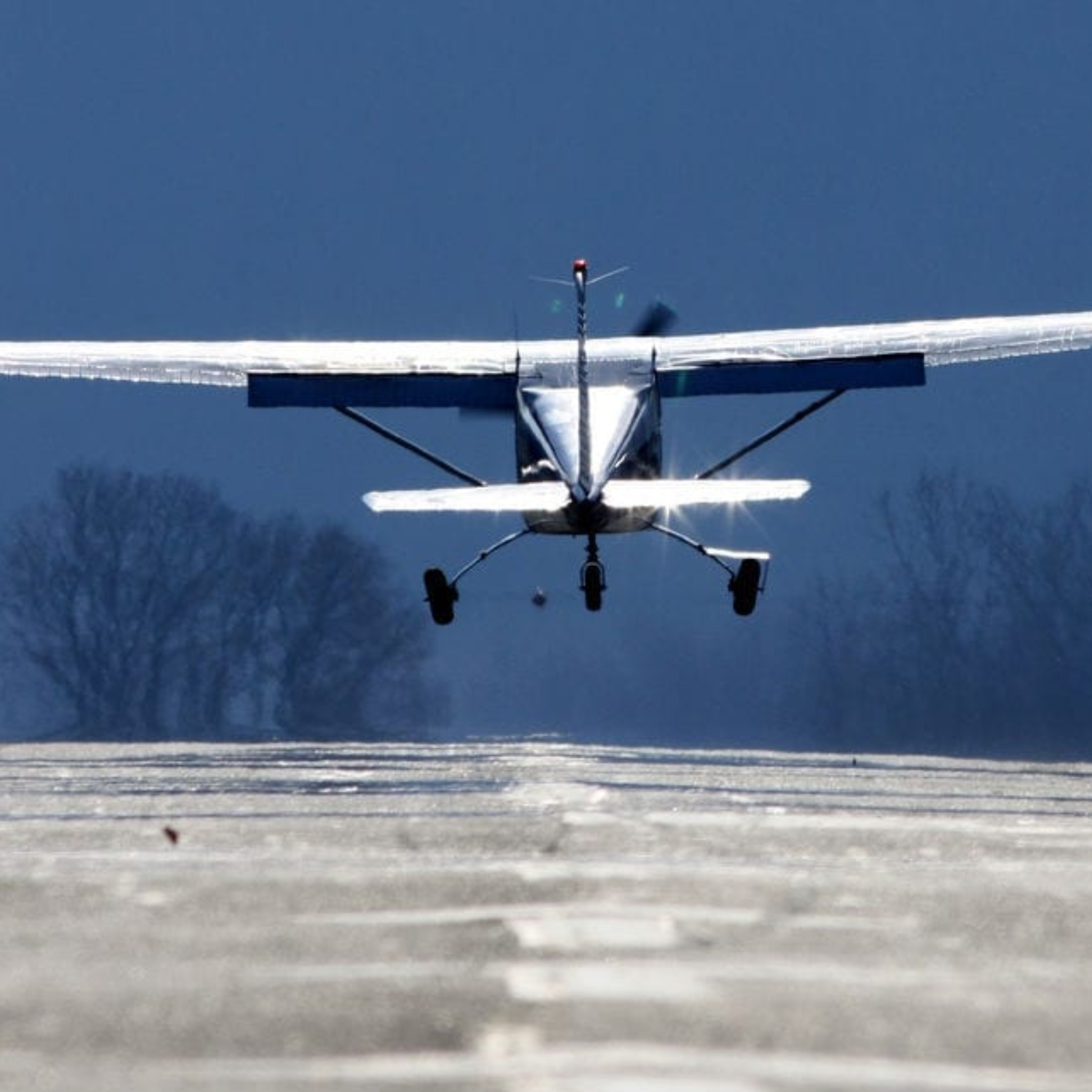
Understanding VFR vs. IFR: What Pilots Need to Know
If you’re new to aviation or just brushing up on the basics, the terms VFR and IFR might sound a bit technical. But don’t worry, we’re here to break it all down in a way that’s easy to understand. Whether you’re planning your next flight or considering training for your pilot's licence, understanding these two concepts is essential.
What Are VFR and IFR?
At their core, VFR (Visual Flight Rules) and IFR (Instrument Flight Rules) are two different ways of flying. They dictate how pilots navigate the skies based on weather conditions and visibility.
- VFR: Flying by what you can see outside the cockpit.
- IFR: Flying by relying on your instruments inside the cockpit.
The type of rules you follow depends largely on the weather and your qualifications as a pilot.
Understanding VFR (Visual Flight Rules)
Visual Flight Rules are exactly what they sound like: flying by visual reference. You’re looking outside the cockpit to navigate, spotting landmarks, terrain, and other aircraft to stay on course and avoid hazards.
-
When to Fly VFR:
VFR is used in good weather conditions, often referred to as Visual Meteorological Conditions (VMC). In the UK, this means having clear skies and good visibility. -
Basic Requirements for VFR in the UK:
- Visibility of at least 5km in controlled airspace (can be less in some uncontrolled airspaces).
- Staying clear of clouds.
- Flying at least 1,000ft above the ground over towns or congested areas.
-
Pros of VFR:
- Simpler and more natural for most pilots, especially beginners.
- Requires less training compared to IFR.
- Allows for a more scenic and enjoyable flying experience.
-
Challenges of VFR:
- Heavily dependent on the weather. If clouds roll in or visibility drops, you may need to land or switch to IFR (if qualified).
- Not permitted in all types of airspace without clearance.
Understanding IFR (Instrument Flight Rules)
Instrument Flight Rules come into play when visibility is poor, such as in cloudy or rainy conditions. Instead of relying on what you can see, you’ll depend on the instruments in your cockpit and instructions from air traffic control (ATC).
-
When to Fly IFR:
IFR is required in Instrument Meteorological Conditions (IMC), such as low visibility, clouds, or fog.
In the UK, IFR is commonly used by commercial flights, but private pilots can also fly IFR if they have the proper training and equipment. -
Key Requirements for IFR:
- A valid Instrument Rating (IR) on your pilot licence.
- A well-equipped aircraft with the necessary instruments, such as altimeters, attitude indicators, and navigation systems.
- Permission from ATC to operate in controlled airspace.
-
Pros of IFR:
- Allows you to fly in nearly all weather conditions.
- Offers more flexibility and safety for long-distance flights.
- Often required for entering controlled or busy airspaces.
-
Challenges of IFR:
- Requires more training and a separate qualification.
- More complex flight planning and procedures.
- Heavily reliant on instruments and communication with ATC.
VFR vs. IFR: A Quick Comparison
| Feature | VFR | IFR |
|---|---|---|
| Visibility Needed | Good visibility and clear skies | Can fly in poor visibility or clouds |
| Navigation | Visual landmarks | Cockpit instruments and ATC guidance |
| Training | Basic pilot licence | Instrument Rating (IR) required |
| Flexibility | Limited by weather conditions | More versatile |
| Use Case | Scenic, recreational flights | Long-distance or commercial flights |
Why Does It Matter?
Understanding the difference between VFR and IFR isn’t just about following the rules—it’s about safety. Knowing when and how to switch between the two can prevent dangerous situations. For example, if a VFR pilot flies into clouds without proper training or instruments, it can lead to disorientation and even accidents.
In the UK, weather conditions can change quickly, so it’s always wise to be prepared. Even if you’re only flying VFR for now, learning about IFR could open up new opportunities and make you a more confident pilot.
Tips for Pilots in the UK
-
Always Check the Weather:
Use resources like the Met Office Aviation Weather Service or your local airfield’s weather briefing before every flight. -
Know Your Airspace:
The UK has both controlled and uncontrolled airspace. Understanding where you can fly VFR or IFR is crucial. -
Consider an Instrument Rating:
Even if you don’t plan to fly IFR regularly, having the qualification can give you peace of mind and more options in tricky situations. -
Invest in the Right Gear:
From navigation tools to headsets, having reliable equipment can make all the difference whether you’re flying VFR or IFR.
Final Thoughts
Whether you’re sticking to scenic VFR flights or aiming for the precision of IFR, understanding these rules is a fundamental part of being a pilot. At Arco Aviation, we’re here to support pilots at every stage of their journey. From essential gear to expert advice, we’ve got everything you need to make the most of your time in the air.
Need help finding the right tools for VFR or IFR flying? Browse our range of aviation products or get in touch with us today. Safe flying!


